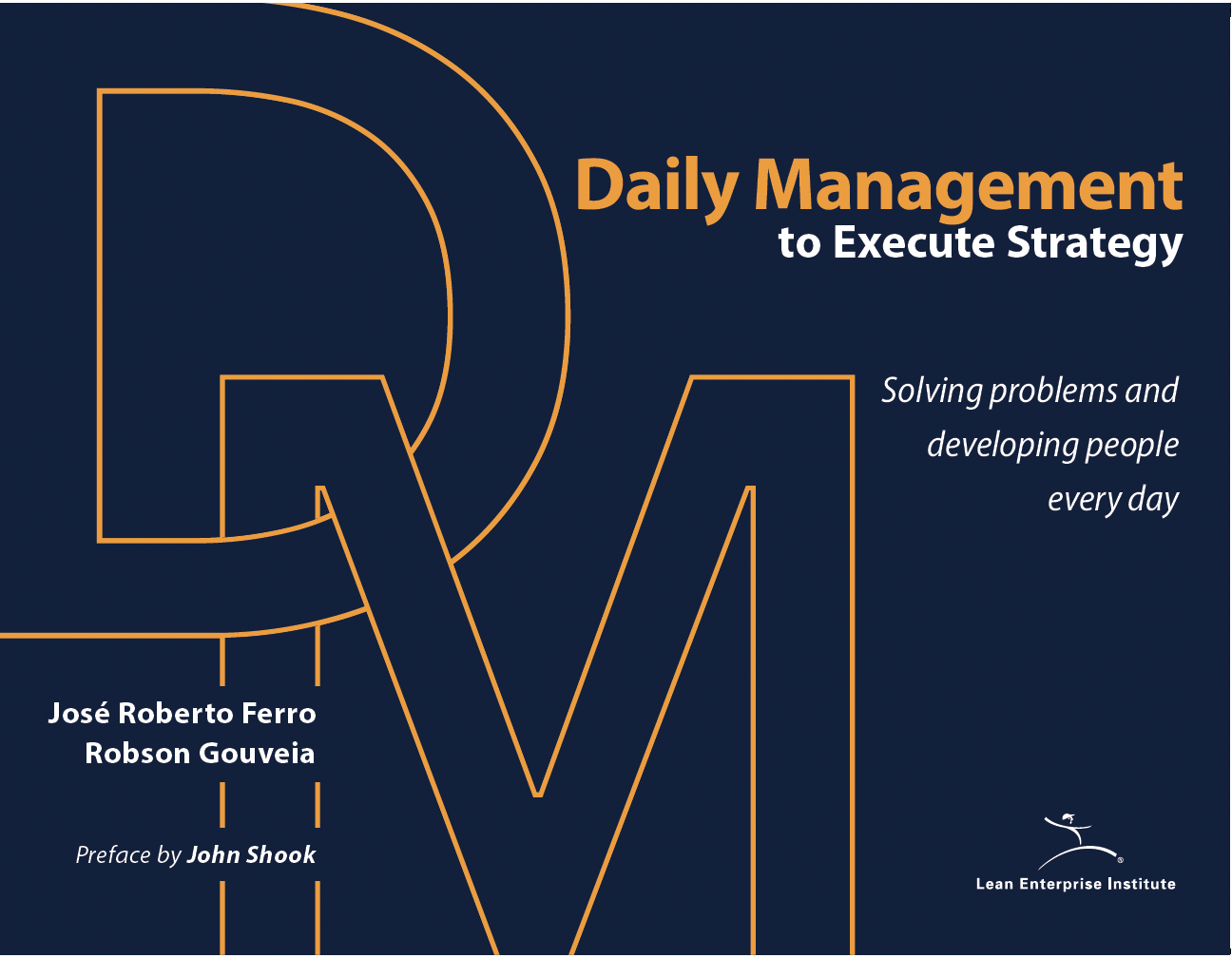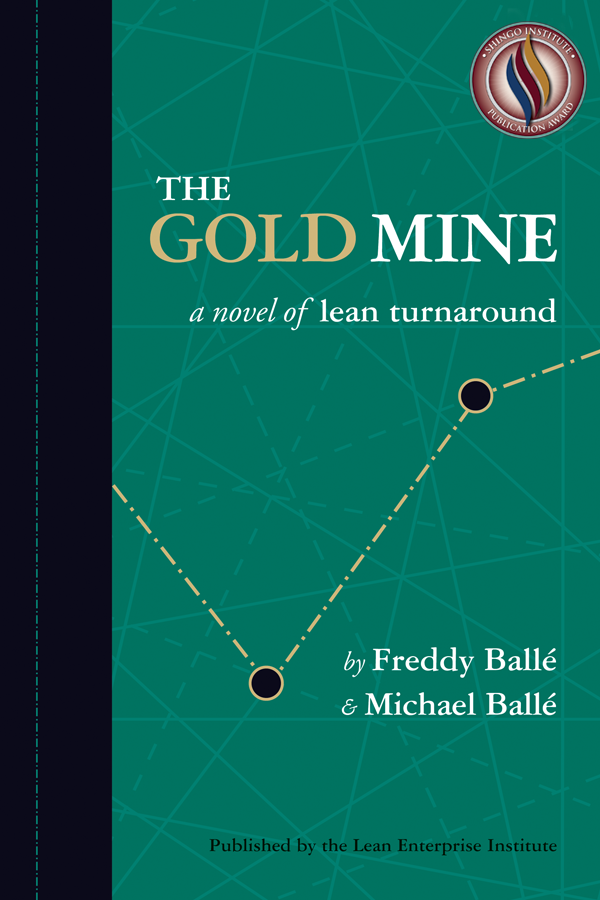Are we doing the right thing? And are we doing it right?
Those are the two main dimensions of thinking about quality, and neither has simple answers. One of us (Nicolas) and his cofounder Guillaume started AramisAuto with a clear idea of making car purchasing a pleasurable experience. So, we looked at the main pain points in the purchasing process from the customer’s point of view and thought about how to use nascent digital technologies to mitigate them. At the time, Amazon was still a bookseller, and digital technology was a great unknown.
We sought to transform a traditionally mistrustful and poor customer experience into a convenient and pleasing one. And so we displayed a fixed price for our automobile offer on the website, with no possible further negotiation. Furthermore, to eliminate the hassle of going from brand dealership to brand dealership to find your car, we presented a full lineup of all vehicles on our website. This online listing allowed people to browse and choose the car they liked most, regardless of the brand or the new ones the dealerships were pushing.
What we wanted to do was clear. Then we had to do it right.
In our early days, creating a working site to display cars, setting up the logistics of purchasing the automobile from manufacturers or wholesalers, and then delivering it to customers was a mad scramble. So, we tried things until they kinda worked. And we learned the hard way that displaying a large selection of cars on the site meant customers rarely selected one nearby. That meant we had to figure out the logistics of moving them across the country without costing us an arm and a leg and eating up all the already razor-thin margin.
Unfortunately, the existing off-the-shelf solutions didn’t work for us. We had to develop custom internal systems, which had a few quirks and eventual legacy issues. But at least we understood how they worked — and when they didn’t, why.
Invest in New Features or Improve Existing Ones?
As a startup, we faced the life-or-death issue of client acquisition: to reach a critical mass of stable business. Few customers buy additional cars quickly, so we needed to boost revenue through ancillary routes. To achieve this, we sought to convince customers to try our service and to build a reputation for reliability and friendliness.
In our rush to acquire new customers, we soon hit a fundamental issue of innovation: innovation (offering something new) yields nothing if it’s not adopted (taken up by the market). So we had to decide where to invest our meager funds to grab new customers’ interests — in either new features or maintaining and correcting the few we had to do exceptionally well.
Some new features were no-brainers, such as helping our customers better manage the administrative paperwork linked to any car purchase. Yet this bureaucratic problem was challenged by our rapid growth and meant adding a new process dealing with the multitude of documents to our operations. We tackled this by decoupling the work from existing processes and linking these actions tightly to the sales process — customers needed to do this after the sale and before they drove away. Ultimately, we added a helpful feature, which added costs but relatively little added complexity.
Other features, however, had more significant complexity impacts. Offering a financing option, for instance, was an attractive idea because many customers expected it, and providing the service looked profitable. But we were not financiers and had to bring in a finance partner with all their processes and old economy reflexes. However, doing so slowed us considerably and complicated our homegrown systems in ways we could hardly anticipate.
We then launched our most challenging new feature: offering refurbished secondhand cars on the site. Our idea was to eliminate the pain of not trusting a secondhand car you buy from a dealership (consider a “used-car salesman” image in your mind for a second). We decided to create a state-of-the-art refurbishment factory to benefit from the scale of this work that the site traffic would bring to the plant.
This new service feature required a whole new value stream for the company. It had different economics, a different quality culture (“good as new” vs. new), an industrial site (we had no notion about how a plant worked), and a whole new logistics setup to move vehicles to and from the plant. That decision impacted every internal system in the business. Still, it turned out to be the right move, though we didn’t just do it for growth reasons. Indeed, back in the day, we saw that exploring and developing a more circular economy made sense — simply because there were far more used cars on the market than new ones. But as you can imagine, adding used vehicles turned out to be quite a headache.
Delivering on Ambitious Promises Adds Complexity
And then we eventually ran into a bridge too far. One day, flush with our growth and following a successful finance round, we brainstormed delivering cars directly to customers’ front doors rather than our existing system of customers picking up their purchase at the point of sale. We wanted to be the Amazon of cars. As it turned out, an idea born of a dinner with other startup leaders appealed to fewer real-life customers than we imagined.
Home delivery has been a thorn in our side for a long time until the past couple of years when lean techniques of kanban and kaizen helped us turn it around and finally make it a success.
There is a natural process at work here. Businesses seek to build growth by offering new features, thinking each one will convince a further marginal customer, a customer on the cusp of trying the service that needs an extra push to go for it. However, new features need a new delivery process, which burdens the company with additional work, and many of these processes add complexity to existing systems. As you go, of course, the temptation is to seek synergies by using legacy systems to deliver these new features, which is always tricky, or, at some point, if you’ve set up a new process, to revamp existing systems to integrate it all somehow.
As an entrepreneur, there’s a part of the problem you understand quite well: how much to invest in new features and then how much to invest in maintenance to make the whole thing work. Entrepreneurs know that, as they add new features, they increase complexity exponentially, which makes maintenance increasingly difficult. That means we must also justify maintenance budgets to investors (and society at large) who tend to view money spent on innovation as an investment but money spent on maintenance activities as an expense to cut. Also, managing complexity is very frustrating for entrepreneurs because they don’t know how to handle the issue. They experience the challenges as a constant stream of problems, fights for resources, loud arguments, and pressure on teams. The fun startup entrepreneurs wanted to create becomes a typical company with stories of burnout, where nothing works, people are discouraged, and so on. Same old, same old. Furthermore, as an entrepreneur, the temptation to blow it up and put in a completely new system is always there.
How Kanban and Kaizen Resolved Big Problems through Small Improvements
And this is where lean turned things around for us. Defining every job, as our sensei taught us, as “work plus kaizen” made a radical difference because now we had a sensible way to handle maintenance activities. By pursuing kaizen ideas, teams themselves were resolving maintenance issues.
On some simple issues, such as the paperwork process, the teams radically improved things to the point that we realized the slowest part of the process was the postal services. So they identified a better way to circulate documents from and to customers and with government agencies (we also did a lot of lobbying to help them digitalize their processes).
Having all teams participate in kaizen helped in two ways: identifying and implementing actual improvements and getting a clearer understanding of the systems issues. Additionally, team kaizen increased team member engagement because they could finally do something themselves about their frustrations with “the system.”
Setting up various kanban systems had the same incredible clarifying effect, especially for two processes. First, in the refurbishment factory, a kanban system helped us double production without any significant investment. Second, and more importantly, the pull flow maintained by the kanban system from the sales points to the factory led us to see logistics as a critical point to success, not an additional drag (which was massively helpful to understand operations in other countries with acquisitions). With this realization, we radically improved our logistics, kaizen by kaizen.
Armed with kanban and kaizen, we could involve our people in improving their own operations, including doing maintenance tasks and highlighting where investment was needed. But for us, as entrepreneurs, this cracked open one of our most confounding problems.
The story people rarely tell you about innovation is the struggle to make it work and to get it adopted. People also often present using lean practices as a way to optimize existing processes — which we find silly because it assumes prevailing ways of working while adding to the complexity challenge. Instead, we discovered that lean management is a brilliant way of engaging every mind in the company, enabling the move from innovation to adoption. And also, astonishingly, that lean thinking and practices work even with harebrained ideas such as our home delivery one. When the teams focus on what customers are like and want and start going at it through kaizen rather than reinvention, magical things happen.
Innovation requires new features, yes. New features add complexity to internal systems, yes. And the secret to managing this impossible equation is understanding the power of kanban, kaizen, and the support of teamwork. Yet, to fully grasp the power of kaizen, one needs to learn to see it strategically, wall to wall, instead of tactically, for process improvement.
The secret to handling innovation and growth together is no secret: put customers first, go to the gemba to get people to agree on the real problems, and encourage kaizen, both within and across teams. Then raise the bar.
Building a Lean Operating and Management System
Gain the in-depth understanding of lean principles, thinking, and practices.





It seems to me the chief concern of this post is to balance the innovation of the customer experience with the necessary hoop jumping required of any start up operation. It addresses the balance between going the extra mile to satisfy the customer, and also ensure that those practices are not rejected by the market, speaking to the business’ futility and eventual failure. My greatest question is why is this the main concern of a start up business? The analogy of a business and a living organism always fits. It will do what it must to survive. Why would the natural ‘tried and true’ methods of business not be at the forefront, at least until there is greater stability with which to found a shift, and a shift that the article claims must be accepted by the market at large? Perhaps I lack understanding of the necessary ambition accompanying innovation.
Thanks,
NP